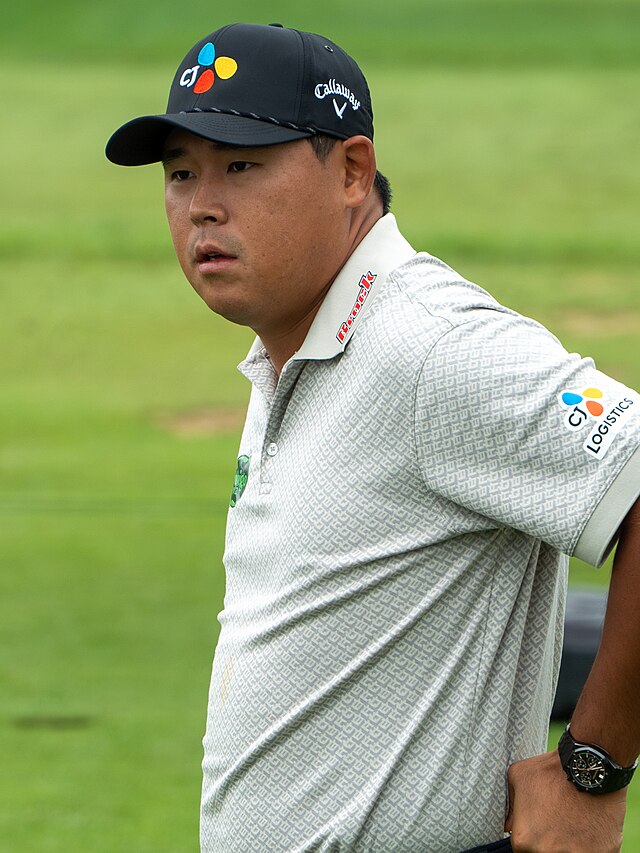
Si Woo Kim
Presidents Cup Record
Career Achievements
News Mentioning Si Woo Kim
The Rise of Asian Golf: How Players from the East are Reshaping the Presidents Cup
Asian golfers have transformed the Presidents Cup from a lopsided competition to a showcase of international talent. We examine how players from Japan, South Korea, and beyond are changing the game.
Si Woo Kim: The Players Champion and Korean Powerhouse
Si Woo Kim"s Players Championship victory made him one of golf"s youngest winners of the "fifth major." His aggressive style and clutch performances define Team International"s Korean contingent.
Biography
Si Woo Kim is a supremely talented and sometimes fiery competitor from South Korea. He made history by becoming the youngest-ever winner of The Players Championship in 2017. Known for his aggressive, free-swinging style, Kim's game has a high ceiling, making him a dangerous opponent in match play. In the Presidents Cup, he brings a passionate and combative spirit to the International Team, a player who is not afraid to take on the biggest American stars.
Player Statistics
Detailed Presidents Cup Record
Singles Record
Foursomes Record
Fourball Record
Defining Presidents Cup Moment
At the 2022 Presidents Cup, Si Woo Kim was a standout performer for the International Team. His defining moment came in the Sunday Singles match against American star Justin Thomas. After a tense and emotional battle, Kim drained a clutch birdie putt on the 18th hole to win the match 1 UP. His passionate celebration, putting his finger to his lips to shush the hostile home crowd, was an iconic display of fighting spirit.